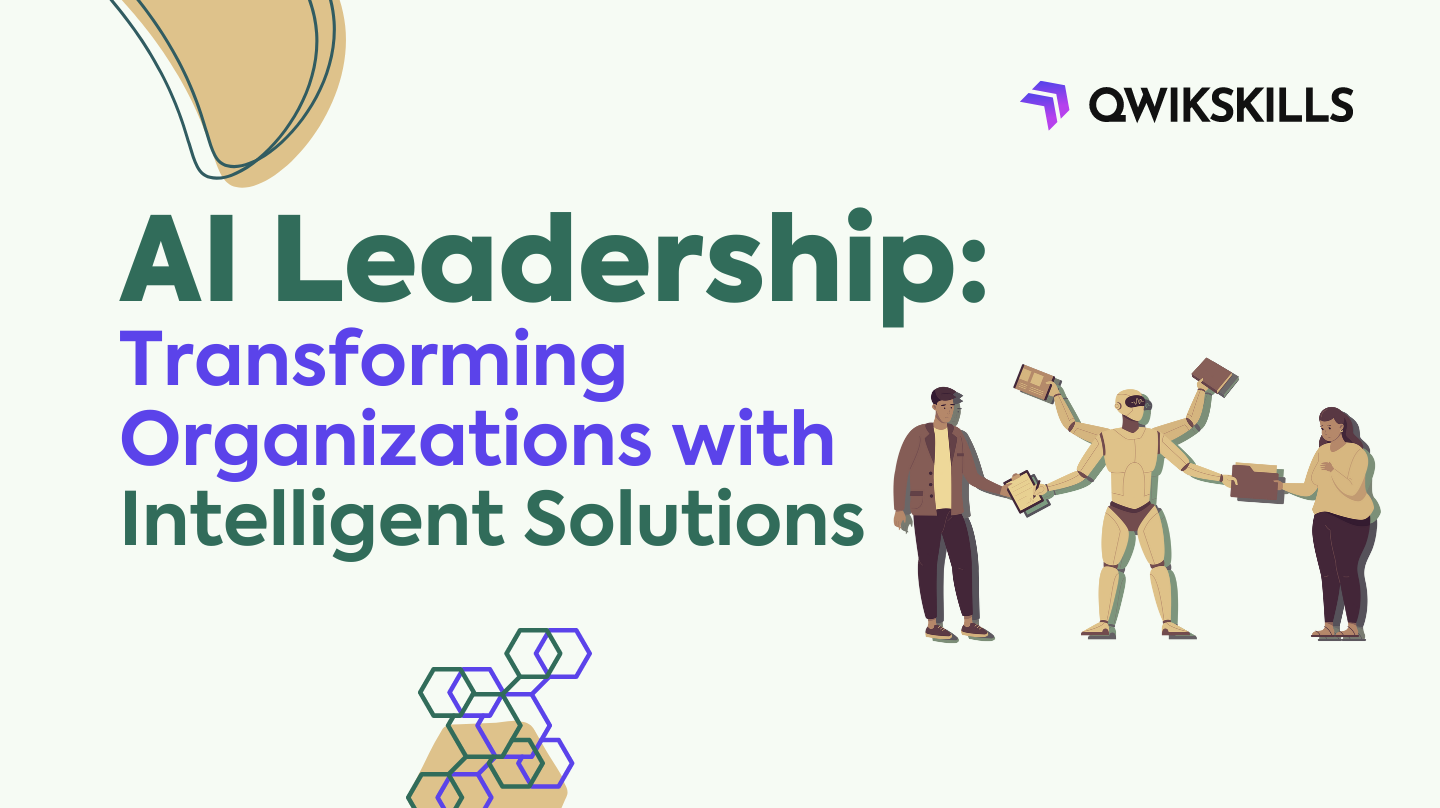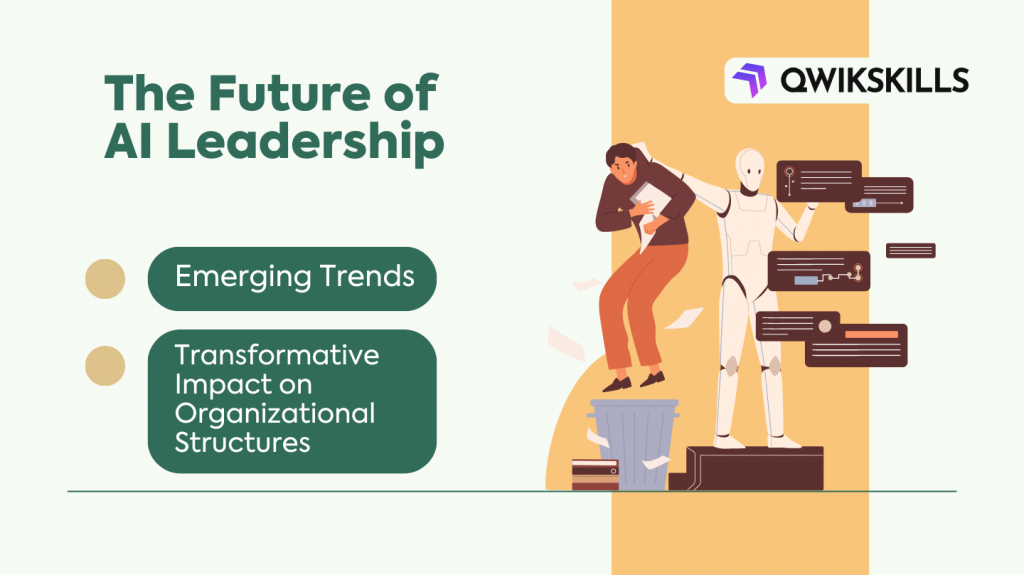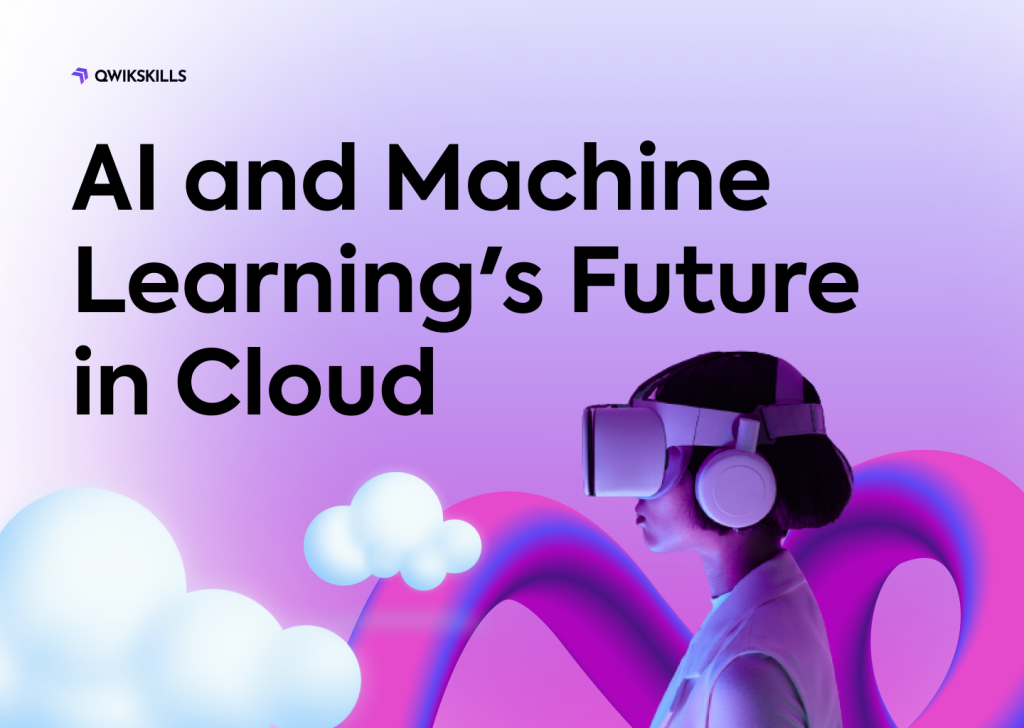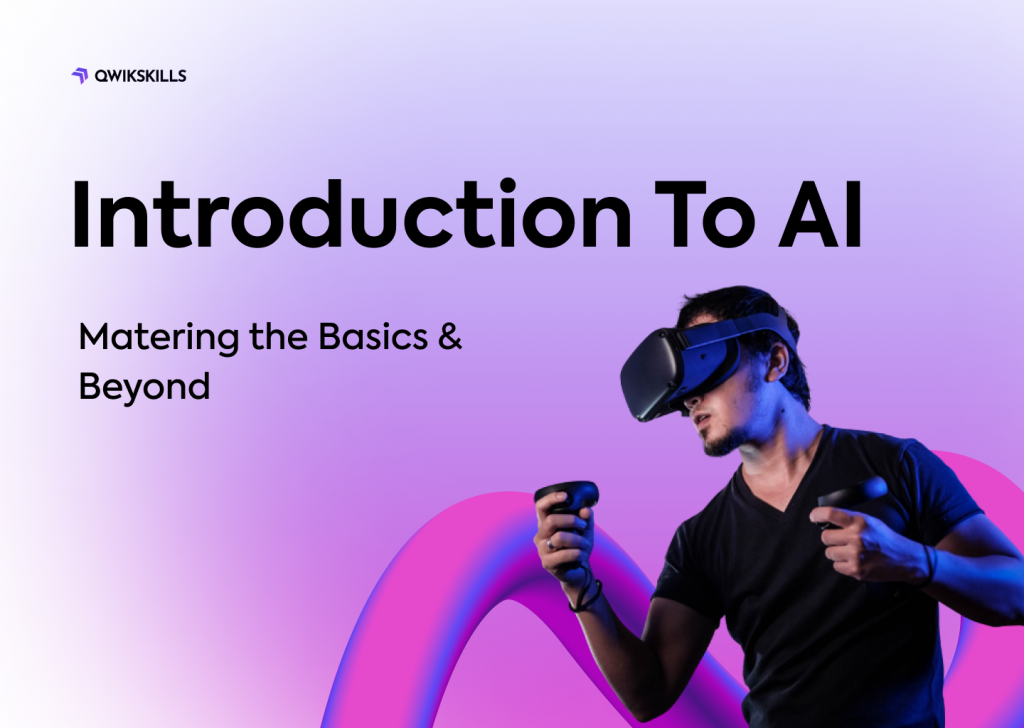Introduction
In today’s rapidly evolving technological landscape, the integration of Artificial Intelligence (AI) has reshaped industries, revolutionizing how businesses operate. AI is more than just a buzzword; it’s a powerful tool that has the potential to redefine leadership practices within organizations. This article delves into the concept of AI leadership, its significance, benefits, challenges, implementation strategies, and its future trajectory.
Understanding AI Leadership
Defining AI Leadership for Innovation and Efficiency
It refers to the strategic incorporation of AI technologies into organizational leadership practices. It involves leveraging AI’s capabilities, such as natural language processing (NLP) and machine learning, to make informed decisions, predict trends, and streamline operations. This innovative approach to leadership transcends traditional methods, enabling organizations to harness data-driven insights for sustainable growth.
AI Technologies Shaping Leadership Strategies
The fusion of AI and leadership is evident in how NLP analyzes vast amounts of text data to extract valuable insights. Machine learning, on the other hand, empowers leaders with predictive analytics, enabling them to forecast market trends and optimize resource allocation. These technologies transform leadership from reactive to proactive, fostering agility and adaptability.
Staying Competitive in the Digital Age
Embracing AI is no longer optional; it’s a necessity for organizations to remain competitive. In an era where data is king, leaders who fail to adopt AI risk falling behind. By leveraging AI-driven insights, organizations gain a competitive edge through enhanced decision-making, personalized customer experiences, and optimized operations.
Key Benefits of AI Leadership
Empowering Decision-Making with AI-Driven Insights
Revolutionizes decision-making by providing leaders with data-backed insights. Instead of relying solely on intuition, leaders can now make informed choices swiftly, resulting in more effective and strategic outcomes.
Formulating Data-Driven Strategies
The ability to analyze vast datasets through AI opens doors to crafting effective business strategies. Organizations can identify patterns, trends, and customer preferences, allowing them to tailor their approaches for maximum impact.
Personalizing Customer Experiences for Enhanced Satisfaction
With AI’s prowess in personalization, organizations can provide customers with tailored experiences. By understanding individual preferences, businesses enhance customer satisfaction and foster brand loyalty.
Predictive Analytics for Market Trends and Resource Allocation
AI’s predictive analytics capabilities empower organizations to anticipate market shifts, adapt strategies accordingly, and optimize resource allocation, contributing to better resource management and profitability.
Streamlining Operations Through Automation
Routine tasks often consume valuable time and resources. AI-driven automation frees up employees to focus on high-value tasks, optimizing workflow efficiency and resource allocation.
Navigating Challenges and Ethical Considerations
Addressing Ethical Dilemmas in AI Leadership
As AI assumes a larger role in leadership, ethical considerations come to the forefront. Issues of bias, privacy, and transparency must be addressed to ensure that AI-driven decisions are fair, equitable, and unbiased.
Human-AI Collaboration: A Synergistic Approach
The future of leadership lies in the collaboration between humans and AI. AI augments human capabilities, offering precision and speed, while human judgment and empathy balance AI’s limitations.
Overcoming Resistance to AI-Driven Changes
Introducing AI into leadership practices may face resistance from employees. Clear communication about AI’s benefits, along with training and support, is essential to alleviate concerns and foster a smooth transition.
Implementing AI Leadership Strategies
Fostering an AI-Ready Culture
Creating a culture that embraces AI is pivotal. Organizations must promote a mindset of experimentation, innovation, and continuous learning, encouraging employees to explore AI’s potential.
Training and Upskilling for Effective AI Integration
To ensure seamless integration, leaders and employees need training to harness AI’s capabilities fully. Upskilling programs empower individuals to adapt and excel in the AI-driven landscape.
Step-by-Step AI Integration Roadmap
Adopting AI in leadership requires a structured approach. An integration roadmap outlines the gradual implementation of AI solutions, minimizing disruption and maximizing benefits.
Measuring Success: Metrics and Impact
Measuring the success of AI for leadership strategies is crucial. Metrics such as improved decision-making speed, increased customer satisfaction, and optimized operations provide quantifiable indicators of AI’s impact.
Real-Life Case Studies of AI Leadership
Case Studies:
Streamlining Supply Chain with AI-Powered Insights
Company: Acme Electronics
Acme Electronics implemented AI-driven insights to streamline its supply chain operations. By analyzing historical data, AI predicted demand fluctuations, enabling the company to optimize inventory management. As a result, stockouts were reduced by 30%, and operational costs decreased by 20%.
Enhancing Customer Engagement with Personalization
Company: TrendStyle Apparel
TrendStyle Apparel leveraged AI to personalize customer experiences. AI algorithms analyzed customer preferences and browsing history, enabling targeted product recommendations. This approach increased customer engagement by 25% and contributed to a 15% rise in sales.
Predicting Market Trends for Strategic Expansion
Company: GlobalTech Solutions
GlobalTech Solutions utilized AI’s predictive analytics to identify emerging market trends. By analyzing industry data, the company strategically expanded its product offerings, resulting in a 40% increase in market share within a year.
The Future of AI Leadership
Emerging Trends
The future promises exciting trends, such as AI-powered coaching that offers personalized leadership guidance. AI-augmented decision-making will become commonplace, aiding leaders in complex choices.
Transformative Impact on Organizational Structures
AI’s potential to reshape traditional organizational hierarchies is profound. Hierarchies might become more flexible, with AI democratizing decision-making and fostering a culture of collaboration.
FAQs
- How can AI benefit my organization’s bottom line? AI empowers organizations to make data-driven decisions swiftly, optimize operations, and enhance customer experiences, ultimately boosting profitability.
- What are the ethical considerations when implementing AI-driven leadership strategies? Ethical considerations include addressing bias in AI algorithms, ensuring data privacy, and maintaining transparency in decision-making processes.
- Are there any notable examples of companies successfully adopting AI? Acme Electronics, TrendStyle Apparel, and GlobalTech Solutions are prime examples of companies reaping benefits from AI strategies.
- How can organizations overcome employee resistance to AI integration? Clear communication, training programs, and emphasizing the collaborative nature of human-AI partnership can help alleviate employee concerns.
- What skills do leaders need to develop to effectively leverage AI in their leadership practices? Leaders need to develop a blend of technical skills to understand AI’s capabilities and soft skills to collaborate with AI and guide teams through AI-driven changes.
Conclusion
AI’s transforming how organizations operate and thrive. The benefits, challenges, and strategies outlined here shed light on AI’s transformative potential. As organizations embark on this journey, the key lies in continuous adaptation and learning to navigate the evolving landscape of AI technology and leadership. By embracing AI, organizations can position themselves as pioneers in the new era of intelligent leadership.
Ready to lead your organization into the AI-driven future? Unlock the potential of AI leadership with QwikSkills. Elevate decision-making, streamline operations, and stay ahead in the digital age. Embrace innovation today for a thriving tomorrow!






